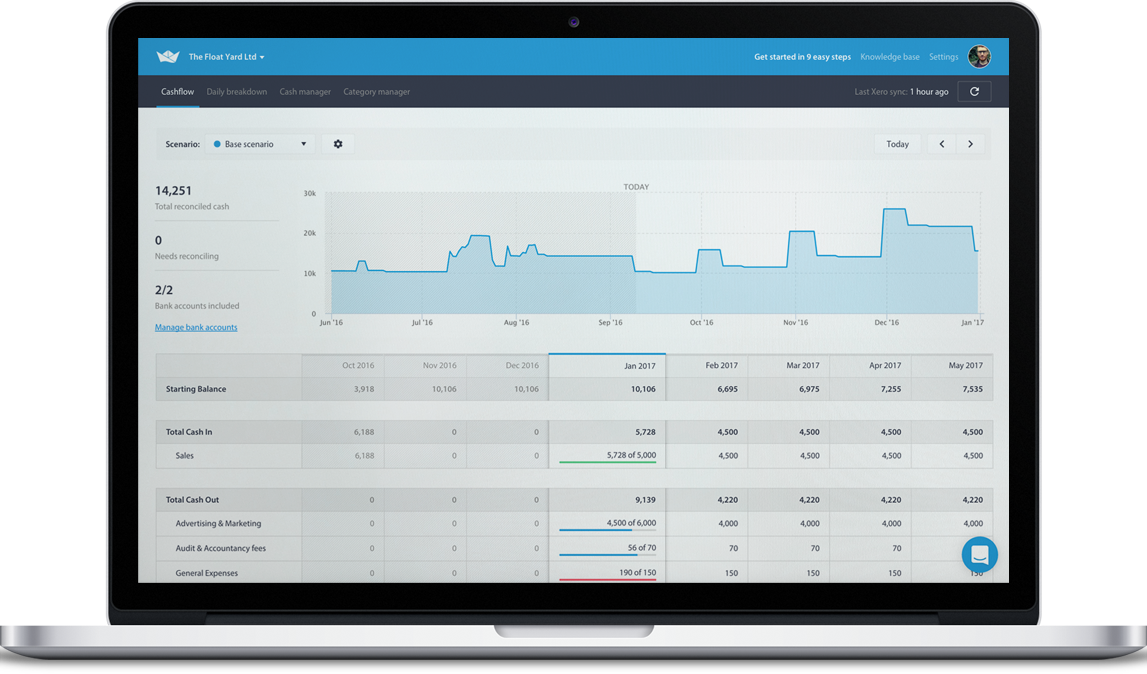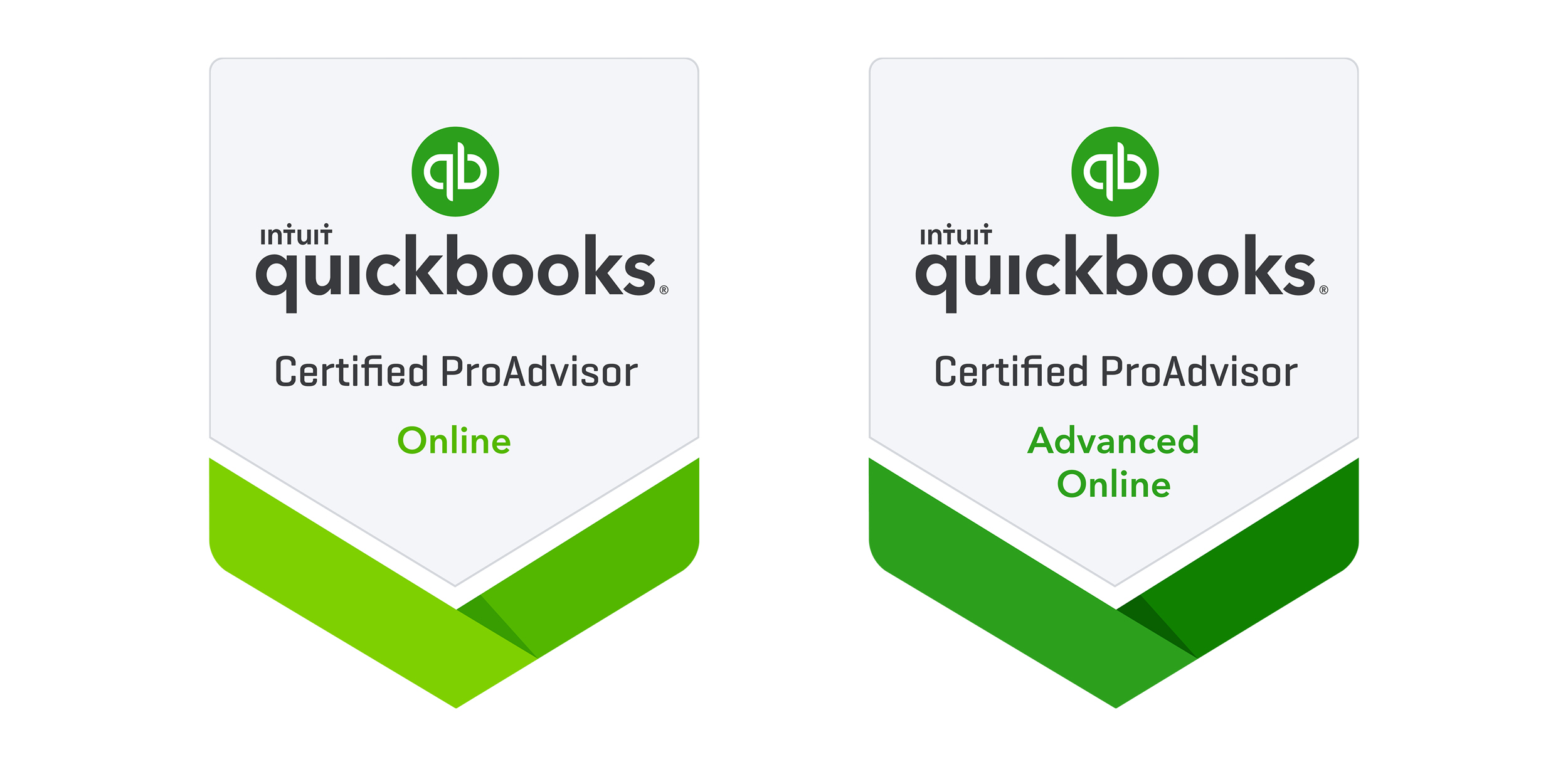 Are you thinking strategically about the future of your business?
Are you thinking strategically about the future of your business?
When working with a bookkeeper, do you simply want to be up to date with your books? Or would you rather be proactive, looking ahead, and using accurate data to influence purchasing and sales decisions? Budgeting and cash flow forecasting can help a company become and stay profitable. It is the difference between working in your company and working on your company. Business owners who plan for profits are more likely to realize them.
Add Insight has started offering cash flow forecasting to its clients who are invested in the long-term view. QuickBooks Online is a powerful tool that can be integrated with many robust apps to leverage the data already being collected monthly. One such forecasting app is Float, which Add Insight is learning the ins and outs of to assist a client with the creation of a dynamic budget and cash flow forecast.
What is the difference between a budget and cash flow forecast?
Many clients ask this question. Float has helped to clarify the difference in their recent blog post titled, The Difference Between a Budget and a Forecast.
Here is a definition of each from Float’s post:
- A Budget is a financial plan – what you are going to sell – what it is going to cost and what overheads you are likely to incur. It also includes finance costs such as interest. The budget sets out how much profit or loss the business is planning to make, usually on a monthly basis.
- A Cash Flow Forecast is a plan of when the cash will flow into and out of the business. It’s important to have both, because a budget may show that you’re going to make profit, but customers take time to pay and suppliers require payment, often before customers have paid you. It’s vital to plot this all out in black and white, so that you can see where the ‘peaks and troughs’ are likely to occur and plan how you’re going to manage them.
By establishing both a budget and a cash flow forecast, you are able to predict the overall financial outlook of your business taking into consideration the variables that create highs and lows. While both are similar, a budget looks at profit and loss paying attention to a defined ‘break-even point’ and gross margins. A cash flow forecast looks instead from a cash perspective, rather than a profit one. Both are helpful parts of creating a larger ‘financial roadmap’ to direct your spending decisions and sales targets.
Want help with budgeting and forecasting?
We are excited to work with apps such as Float to help our clients expand their bookkeeping impact. If you would like to learn more about adding cash flow forecasting to your business’s bookkeeping package reach out to us today.

